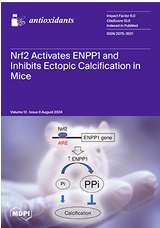Associations of occupational and leisure-time physical activity with all-cause mortality: an individual participant data meta-analysis
Objective Health effects of different physical activity domains (ie, during leisure time, work and transport) are generally considered positive. Using Active Worker consortium data, we assessed independent associations of occupational and leisure-time physical activity (OPA and LTPA) with all-cause mortality. Design Two-stage individual participant data meta-analysis. Data source Published and unpublished cohort study data. Eligibility…












